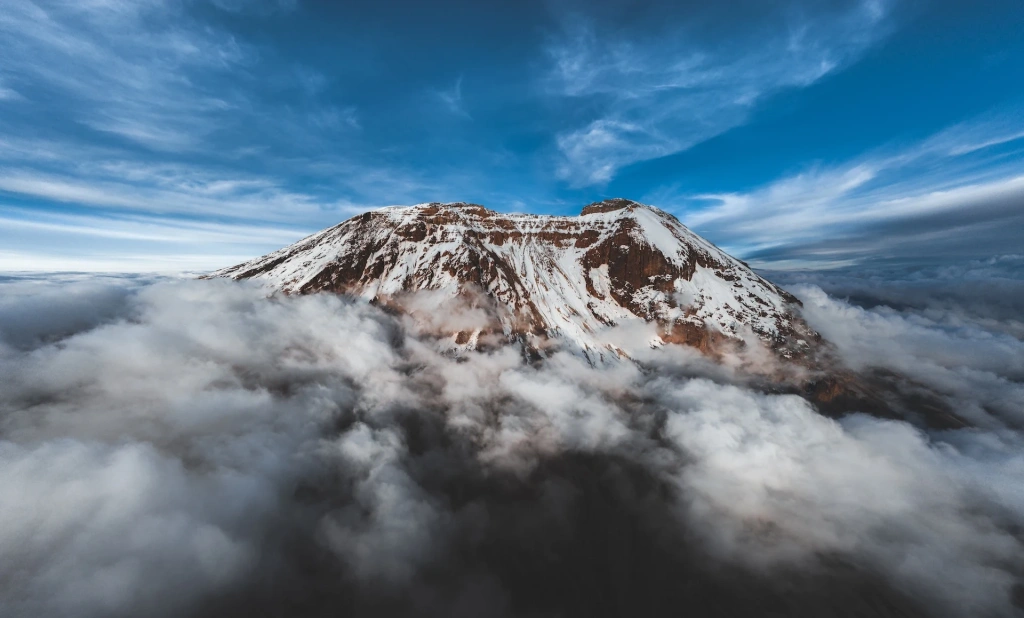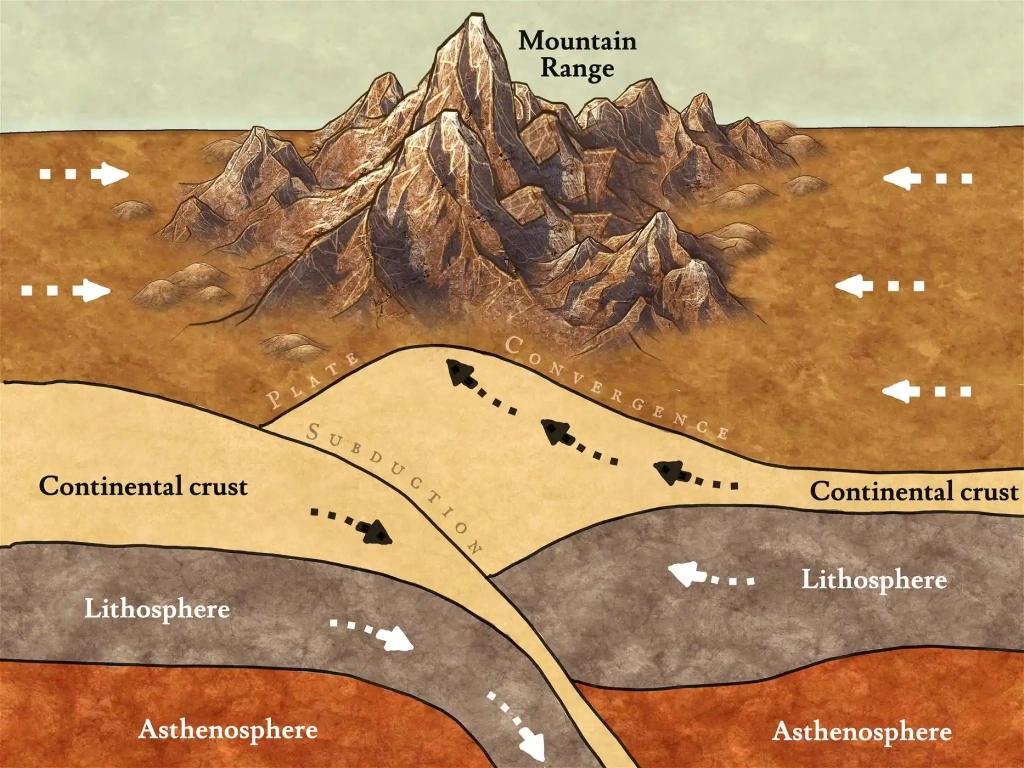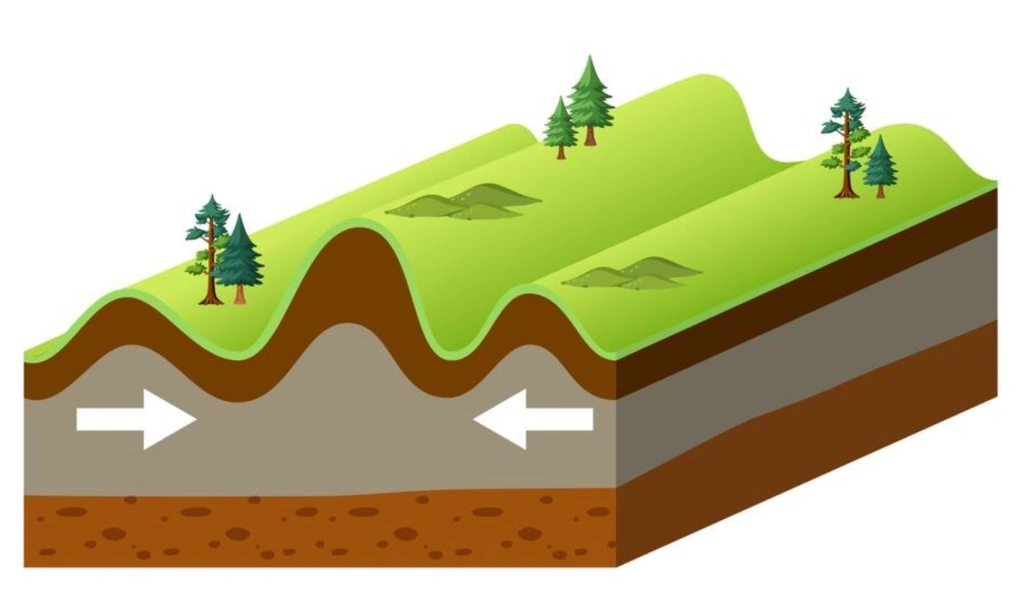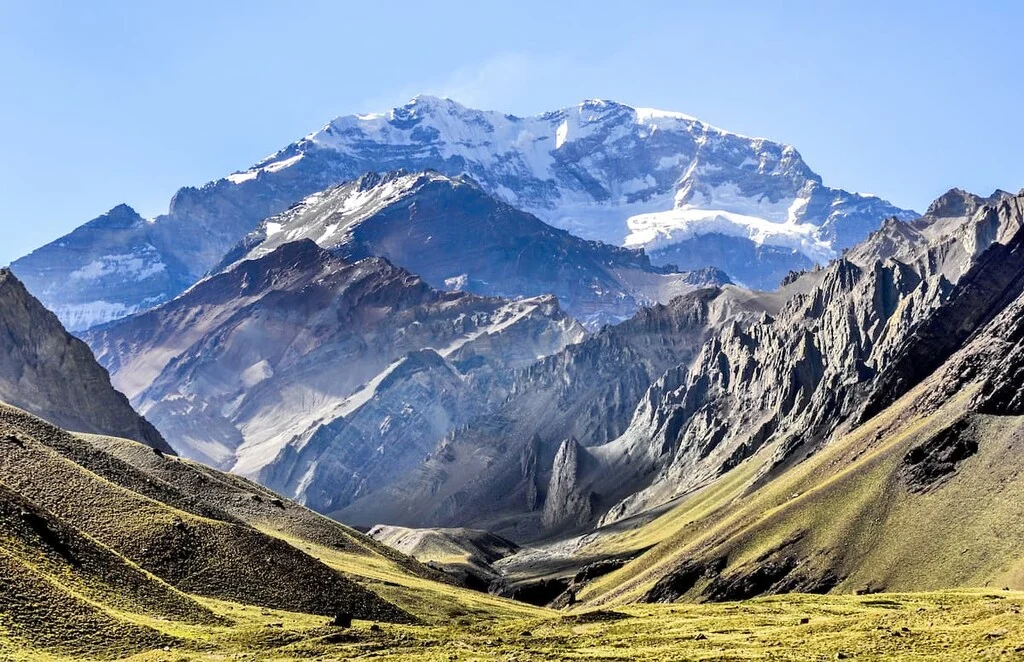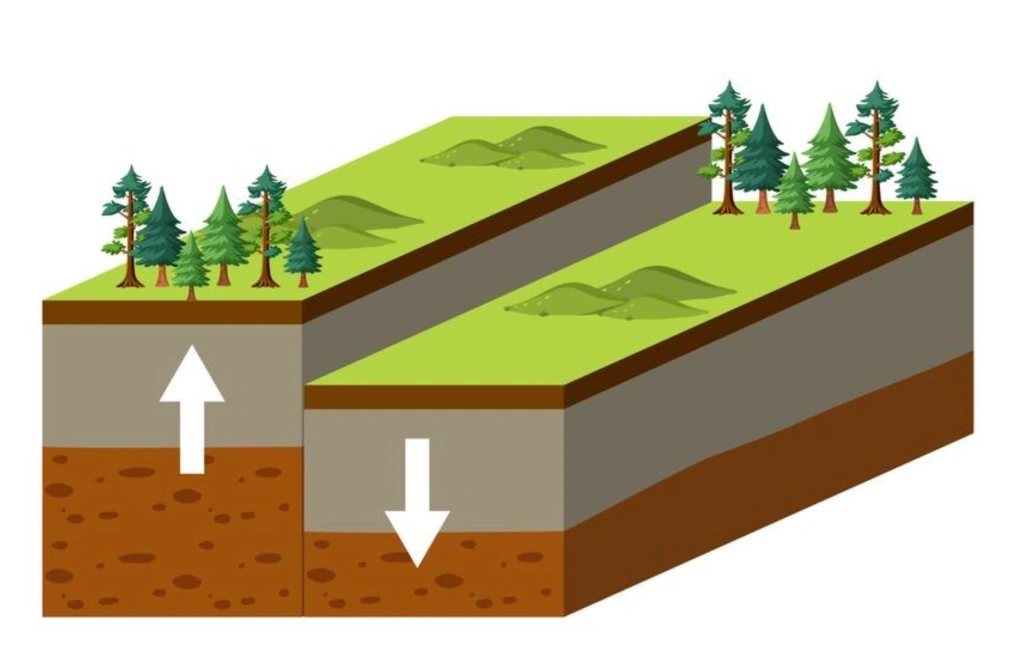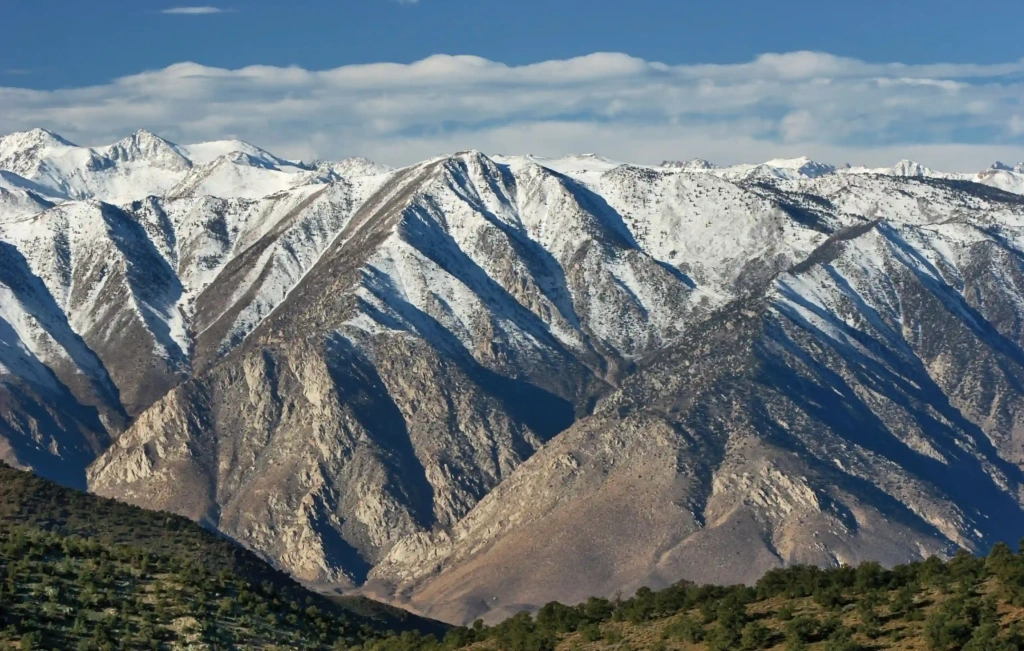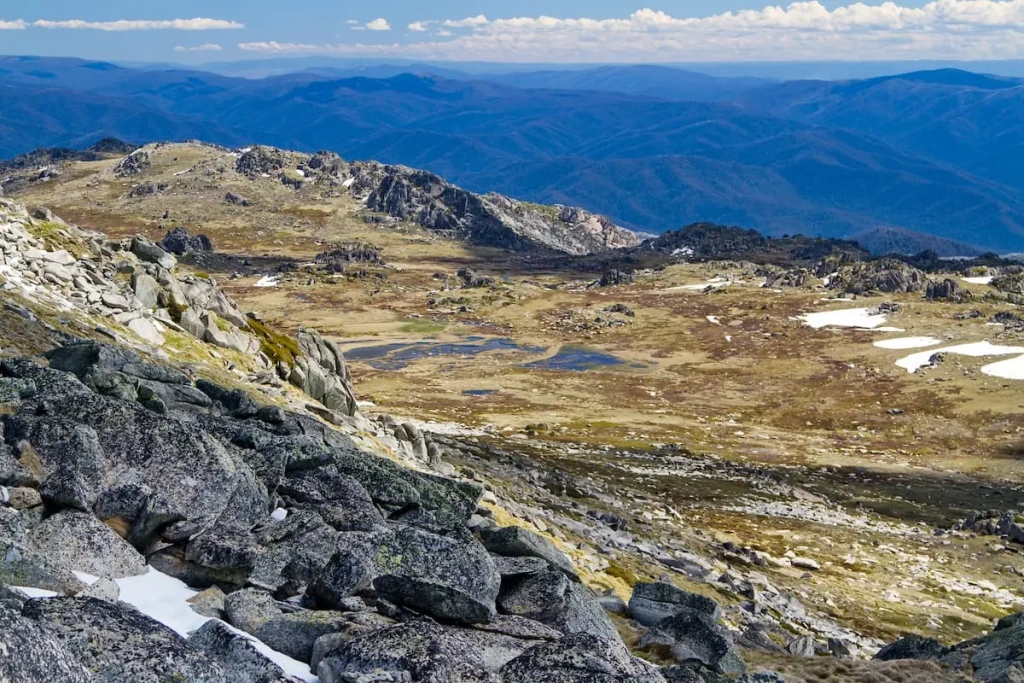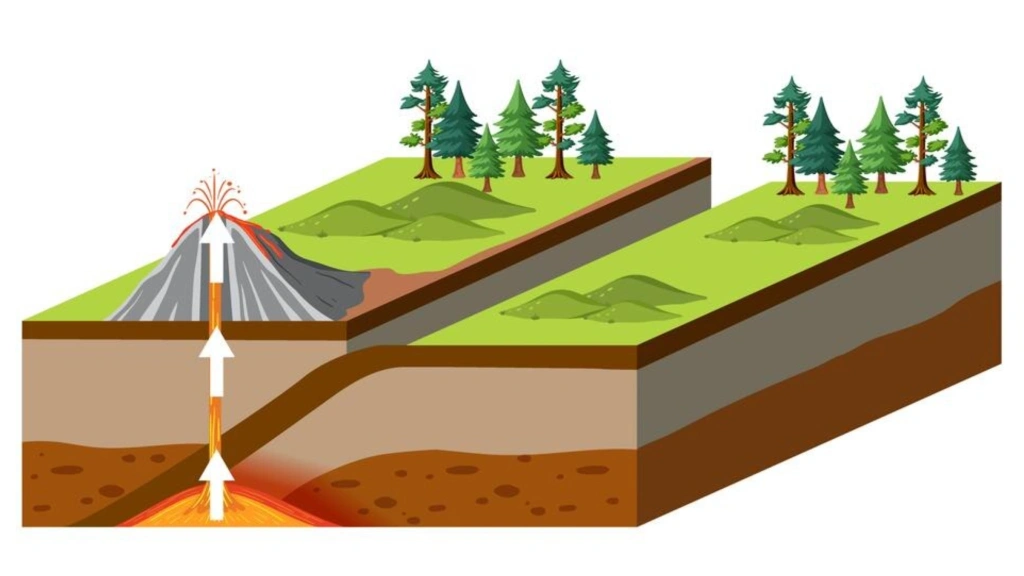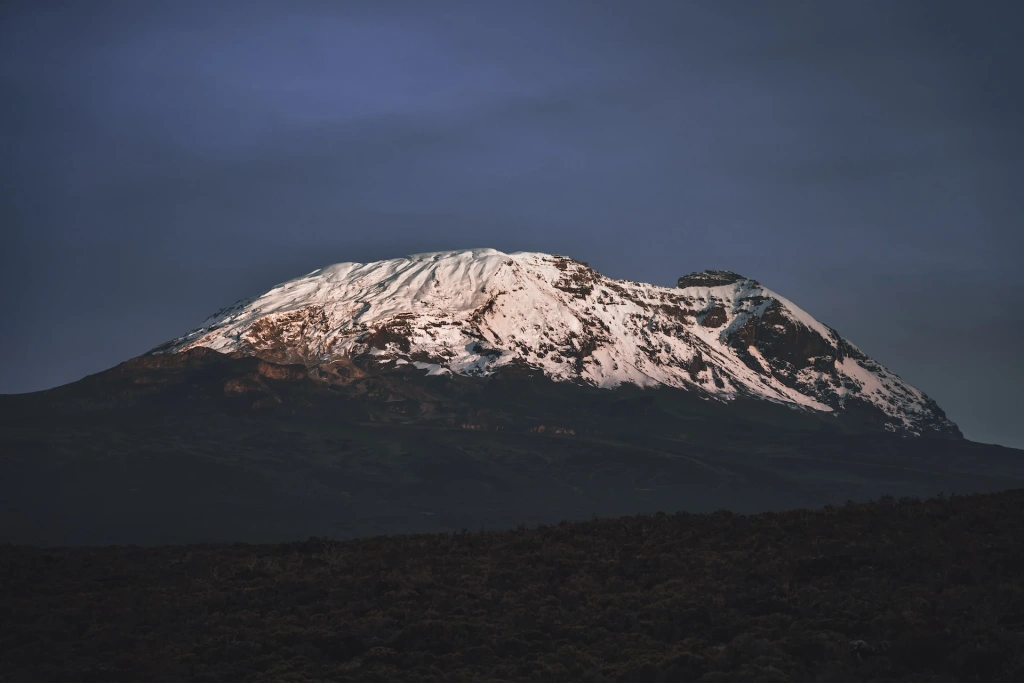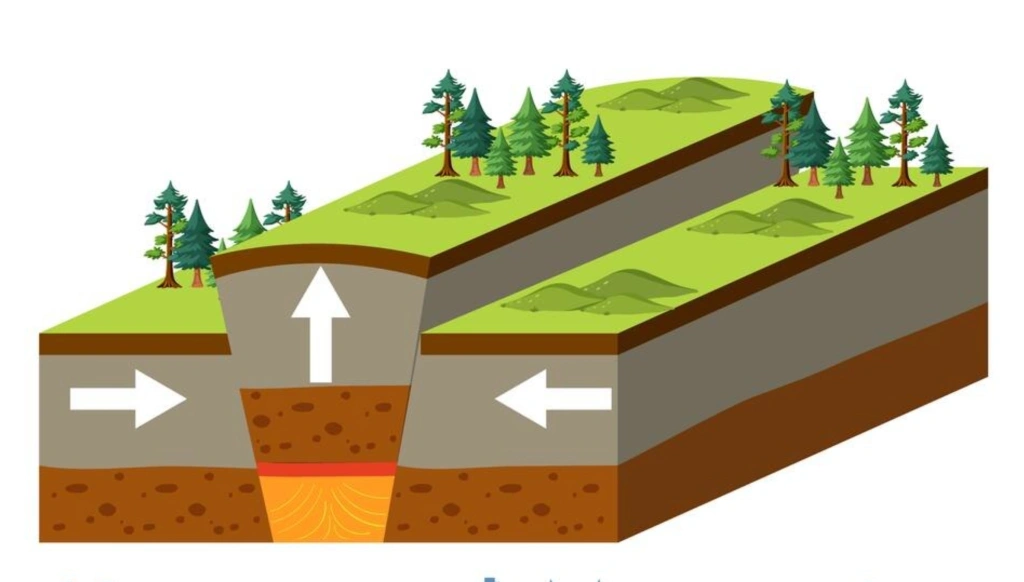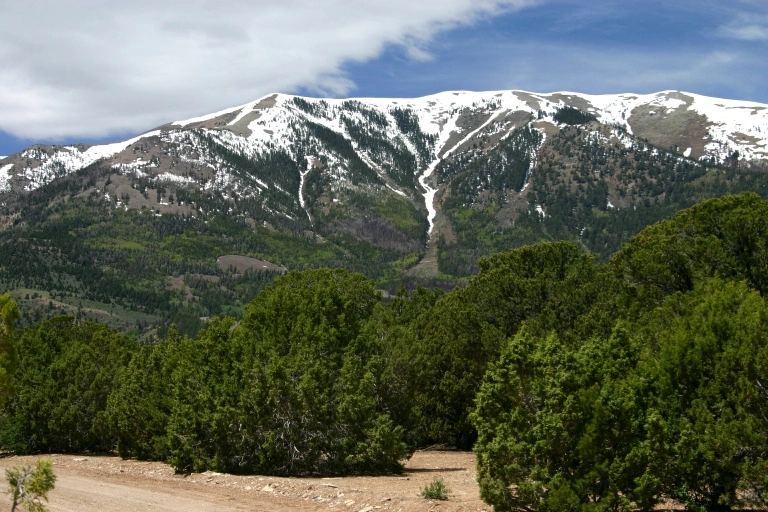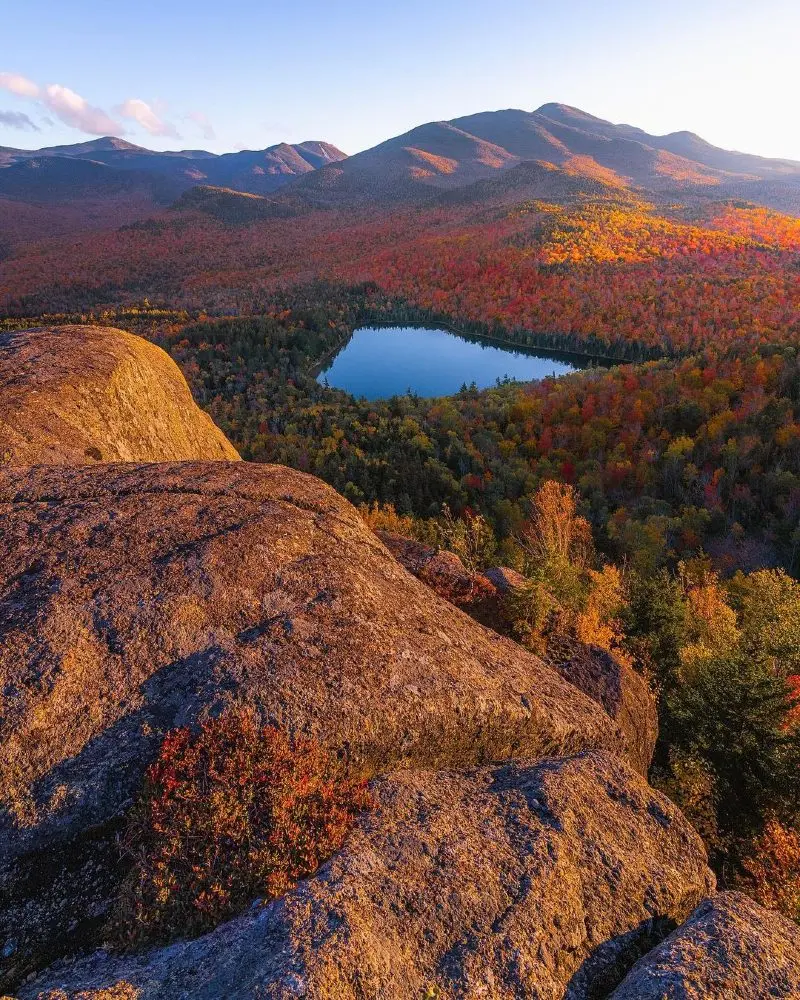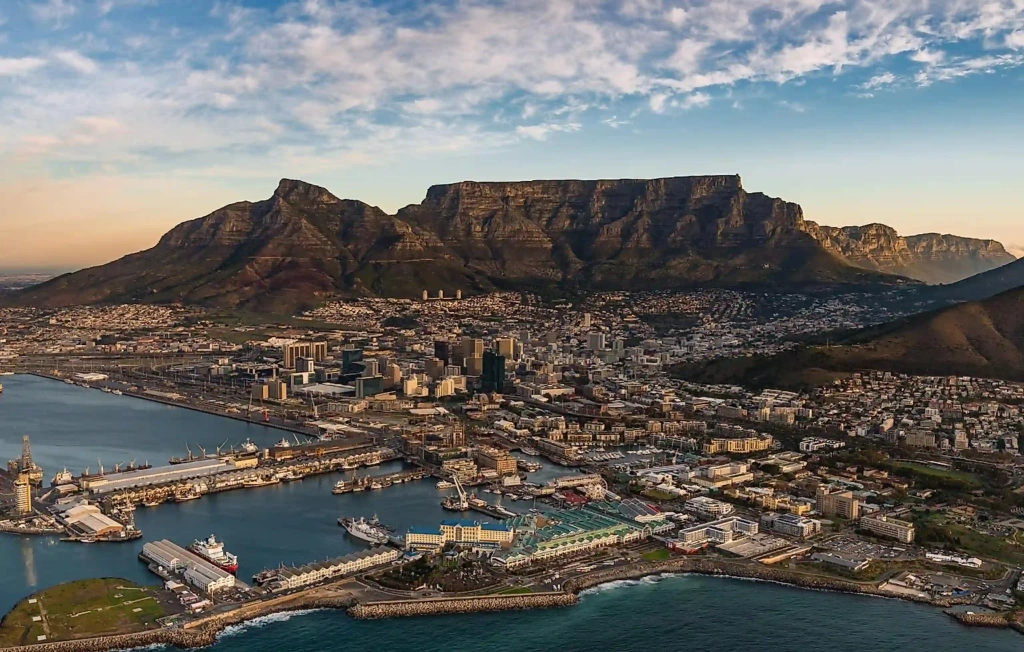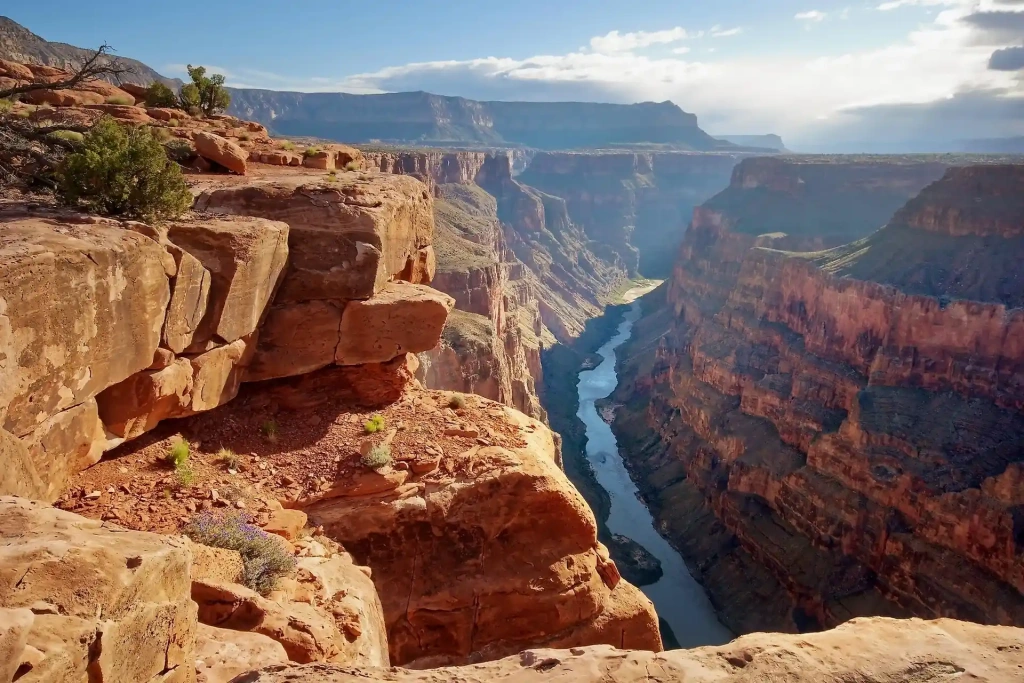Mountains cover approximately a quarter of the Earth's surface. They are one of the most impressive geological phenomena on our planet. Eurasia has the largest area covered by mountains, which accounts for 33% of its territory. In contrast, only 14% of Africa's land is occupied by mountains. However, Mount Kilimanjaro, Africa's legendary and highest mountain towering at 5,895 meters (19,341 feet), is located here.
This article delves into the 5 main types of mountains, exploring how various tectonic forces shape them. You’ll also discover the unique features that distinguish different mountain systems.
What are the 5 types of mountains?
How are mountains formed?
The formation of mountain ranges is the result of Earth's processes, primarily related to the movement of lithospheric plates or erosion of the Earth's crust. The Earth's outer layer is covered by a solid crust, much like chocolate glazing on candy. A dense liquid magma lies beneath it, and deeper still is the molten core. The outer layer of the Earth's crust is not solid. It is broken into several pieces called lithospheric plates. When two such massive sections collide, various geological changes occur.
“Earth’s crust, called the lithosphere, consists of 15 to 20 moving tectonic plates. The heat from radioactive processes within the planet’s interior causes the plates to move. Earth’s land masses move toward and away from each other at an average rate of about 1.5 cm (0.6 in) a year. That’s about the rate that human toenails grow!” (National Oceanic and Atmospheric Administration - NOAA)
If a denser section of the Earth's crust collides with a less solid one, the process of subduction begins. As a result, the heavier plate will slowly move beneath the lighter one. This can also lead to the eruption of liquid magma onto the surface, which solidifies layer by layer to form a volcanic mountain.
For instance, oceanic plates are denser than continental plates. However, a similar process can occur when two continental plates collide. If their densities are equal, the edges at the point of contact will begin to rise upward.
In other cases, mountains are formed as distinctive giant folds in the earth's crust, resulting from internal magmatic activity that intensifies with the movement of lithospheric plates. All these processes occur at an incredibly slow speed. The “birth” of most mountain peaks, in the form we know them today, took millions, if not tens of millions, of years.
Geologists label mountains based on various characteristics. One of the fundamental classifications is based on how mountains are formed. Let's take a closer look at each of the 5 main types of mountain systems identified by scientists.
1. Fold mountains
This is the most common type. The collisions of the tectonic plates provoke the formation of fold mountains as the earth's crust at the junctions bends, and the edges of the plates rise upward. Millions of years later, mountains consisting of a series of parallel ridges and valleys grow in these locations. Fold mountains are the largest and most massive among other classes of mountains. They feature steep jagged peaks and deep gorges.
To better visualize this process, try this experiment: take two sheets of paper and push their edges together. If you apply a little effort, they will start bending and rising upward. This is similar to the process of mountain shaping. To this day, a large number of fold mountains continue to develop under the influence of tectonic activity.
2. Block mountains (fault-block mountains)
This type is also known as the fault-block mountains, which are formed as a result of cracks or faults in the rock mass. One part consisting of a block rises, while the other sinks or remains at the same level. These mountains have distinctive visual features such as steep, almost jagged slopes on one side and slight slopes on the other.
The formation of block mountains usually occurs in areas where rocks have lost their plasticity over time. This means they have solidified and fractured under the influence of endogenous processes. Thermal energy generated within the Earth's interior triggers tectonic movements, magmatism, and seismic activity. According to most scientists, those processes reduce the viscosity of the matter and facilitate the release of heat to the Earth’s crust. This leads to the formation of a sheared surface with faults.
Block mountains are generally smaller than fold mountains since the geological processes underlying their development are not as large-scale as the later ones. Nonetheless, there are many remarkable block mountains in both span and height.
3. Volcanic mountains
This type of mountain forms as a result of magmatic activity within the Earth's interior. Volcanic mountains usually have a cone-shaped form and inclined slopes.
Magma lies deep beneath the Earth's crust. Then it begins the gradual rise toward the surface. It can break through and cause a crack in the crust or erupt as lava in areas where lithospheric plates collide. Next, lava cools down and hardens on the surface. It accumulates layer by layer, therefore, creating volcanic mountains.
One of the most common subtypes of volcanic mountains is stratovolcanoes. They have a slight cone shape due to the low viscosity of the basaltic magma they emit. A prime example is Mount Kilimanjaro located in East Africa.
Kilimanjaro is the highest peak on the African continent geographically situated in Tanzania. It is a stratovolcano consisting of three volcanic cones. According to geologists, Mount Kilimanjaro was formed millions of years ago as a result of the rupture of a massive tectonic plate that triggered magmatic activity.
The oldest volcano on Kilimanjaro, Shira, was shaped by the hardened lava on the surface. It has now completely eroded, leaving behind a plateau of the same name. Next, Mawenzi appeared with its main peak reaching 5,149 m (16,893 ft), followed by Kibo, the youngest volcano, whose highest point is at 5,895 m (19,341 ft), now known as Uhuru Peak.
The Altezza Travel team has been organizing expeditions to climb Kilimanjaro for over a decade. Today, Mount Kilimanjaro is one of the most popular destinations for high-altitude treks in the world. Climbing Africa's highest mountain is accessible to almost anyone, even those without athletic training. If you dream of conquering Kilimanjaro, be sure to check out our guide, where we have compiled a complete packing list of everything you need for the ascent.
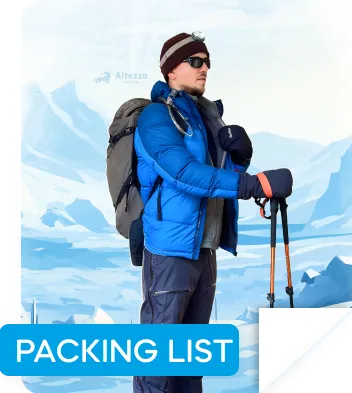
Most volcanic mountains are found within the zone encircling the Pacific Ocean also known as the Pacific Ring of Fire. Moreover, volcanic mountains are distributed in the region stretching from the Mediterranean through Asia to the Pacific ribbon in the Indonesian archipelago.
4. Dome mountains
These mountains emerge when the Earth's crust is literally pushed upward due to endogenous processes. However, the crust does not crack, resulting in a massive dome-shaped mountain. The result is broad mountain ranges with gentle slopes. Often, magmatic activity plays a key role in the formation of dome mountains, although this does not classify them as volcanic.
Large volumes of magma accumulate beneath the Earth's crust, causing it to "swell" and deform the surface. However, instead, the magma cools and hardens beneath the crust without erupting. It becomes exposed only after millions of years of erosion.
5. Plateau mountains
Plateau mountains are characterized by flat summits and sharp slopes. The erosion over large sections of the Earth's crust is responsible for forming mountains of this type. While most mountains are created by the upward movement of land, plateau mountains form by the sinking of the crust. To better understand this process, imagine a plain with a river running through it. Over tens or hundreds of years, the flowing water erodes the soil, leaving the banks elevated. If the river dries up, these banks become mountains.
The denudation and subsidence of the Earth's crust take tens or hundreds of millions of years. This creates mountains with flat summits and steep slopes but without prominent peaks. Some experts put plateau and dome mountains into a shared category called erosional mountains.
Wrapping it up, it is worth noting that many well-known mountain systems exhibit mixed features of various classes of mountains. This is due to their "birth" and development under the influence of complex tectonic activities. For instance, debates about the true origins of Mount Kilimanjaro still persist, although the official theory attributes its formation to volcanic activity triggered by the movement of lithospheric plates.
One thing is undeniable: every mountain is a true geological wonder. Standing on its summit, one is awestruck not only by the surrounding beauty but also by the connection to the immense power of nature. If you also wish to experience these emotions, we invite you to join a Kilimanjaro climbing with Altezza Travel.
All content on Altezza Travel is created with expert insights and thorough research, in line with our Editorial Policy.


Want to know more about Tanzania adventures?
Get in touch with our team! We've explored all the top destinations across Tanzania. Our Kilimanjaro-based adventure consultants are ready to share tips and help you plan your unforgettable journey.















